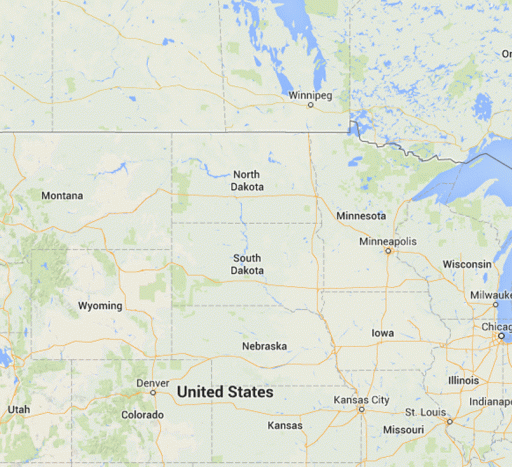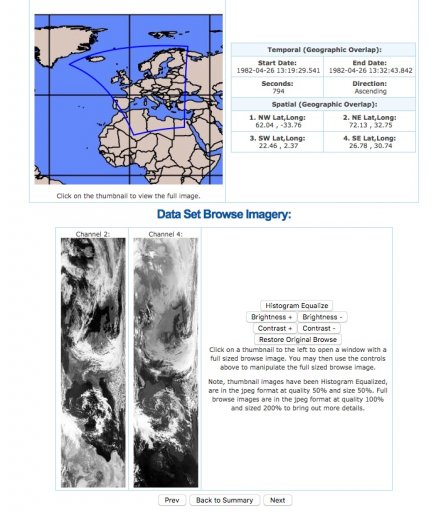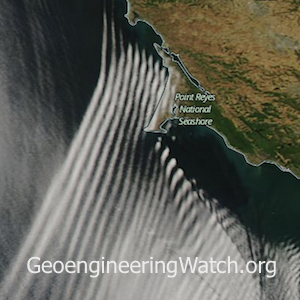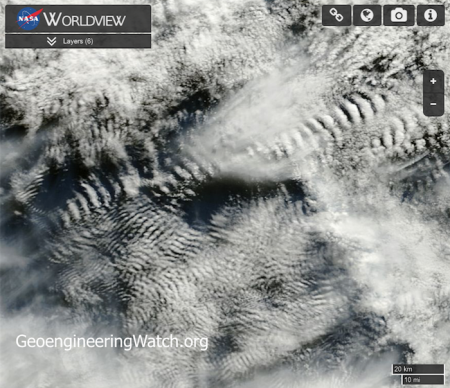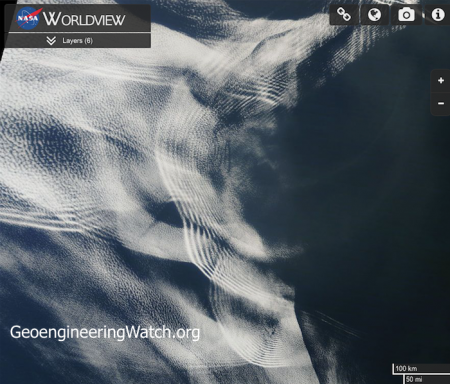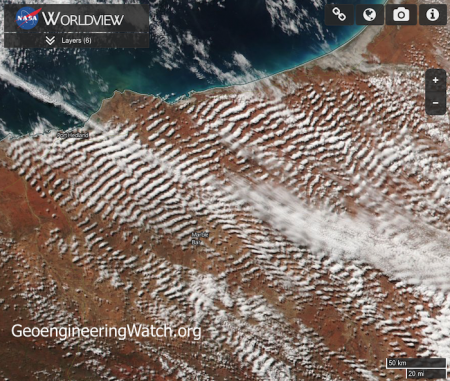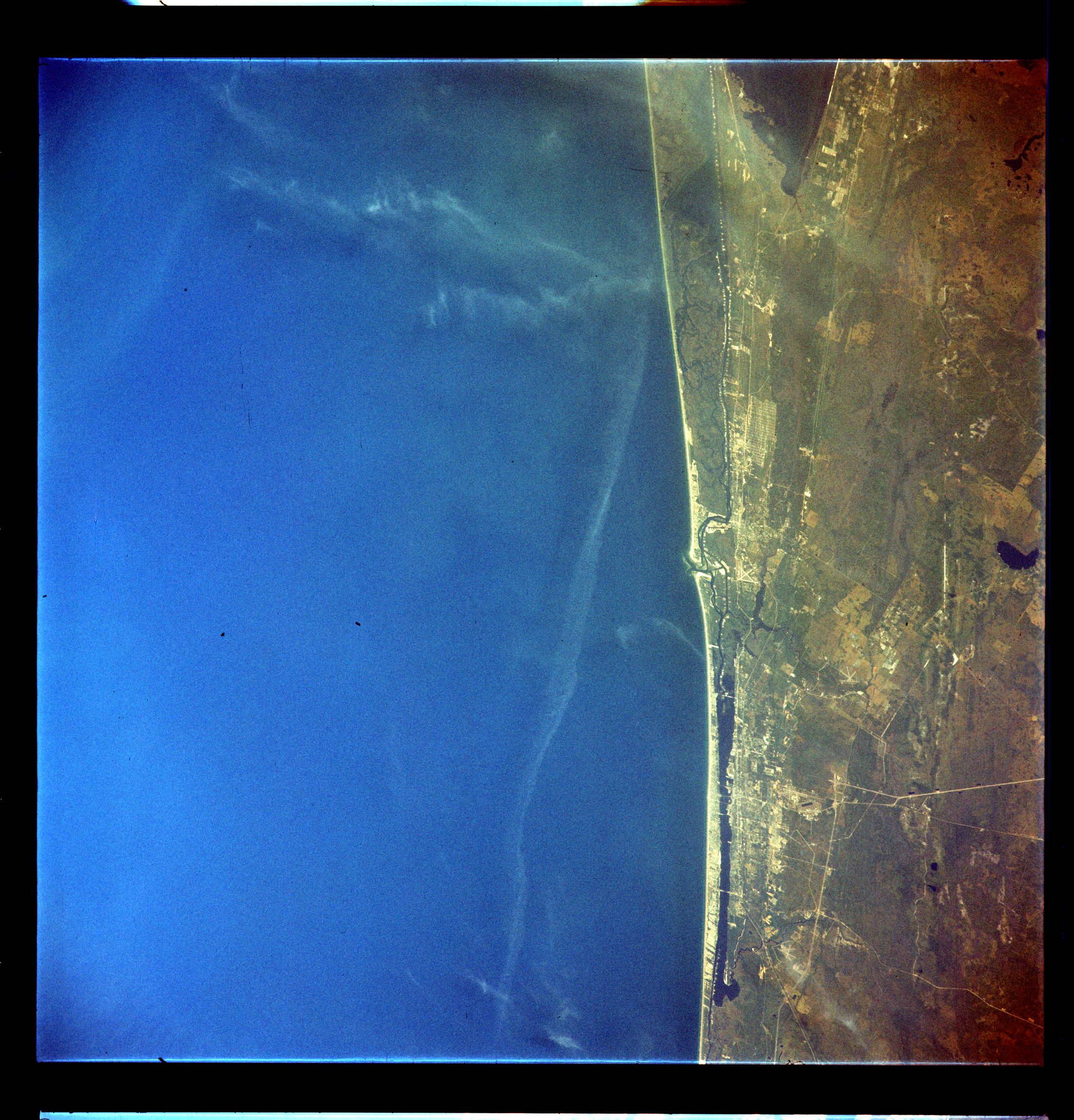The image, taken June 26 by an instrument on NASA's Terra satellite, highlights the atmospheric patterns off the coast of West Africa. The clouds are called gravity waves, which form as gravity and buoyancy try to balance each other out. (Gravity waves are different than
gravitational waves, which are ripples in space-time.)
According to
NASA's Earth Observatory, the culprit here is dry, cool air moving out of the nighttime Namib desert and over the ocean. This cool air pushes the humid and warm ocean air up (there's the buoyancy part of the equation). As the moisture rises and
condenses to form clouds, gravity pushes it back down, where it hits the rising column of dry air and gets hoisted up again. (A similar push-and-pull occurs at the ocean's surface because of the interactions of wind and gravity.)
The ripple-like clouds seen in this image represent the peaks of the gravity waves, where the moisture in the air condenses. The clear skies between the peaks are the troughs of the gravity waves.
On the day the Moderate Resolution Imaging Spectroradiometer on the Terra satellite captured this image, winds were creating gravity waves in all different directions, Bastiaan van Diedenhoven, who researches ice-containing clouds at NASA's Goddard Space Flight Center, told the Earth Observatory. The result was a complicated pattern of crisscrossing clouds curving across at least 620 miles (1,000 kilometers). These patterns are often seen off Angola and Namibia in the morning and early afternoon, van Diedenhoven told the Earth Observatory, and tend to be pushed out to sea as the day goes on.

